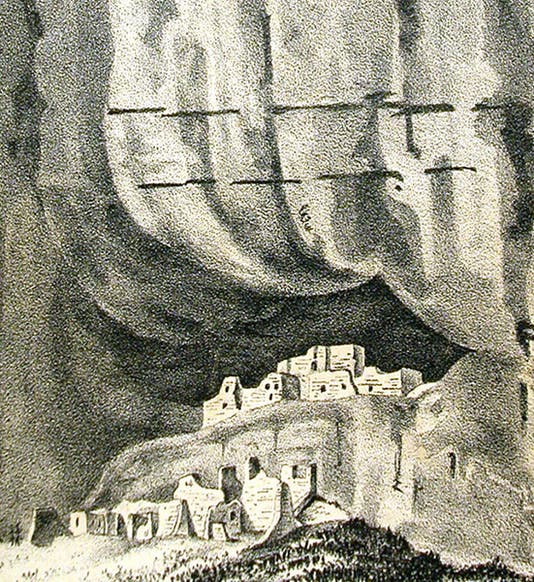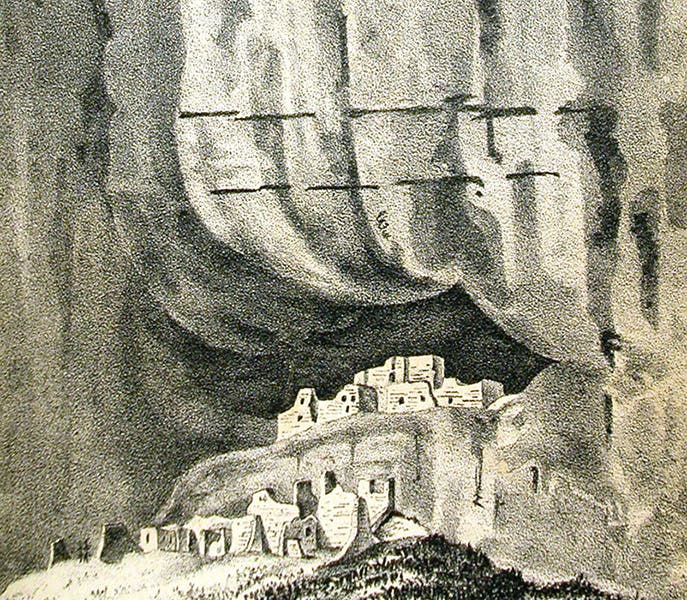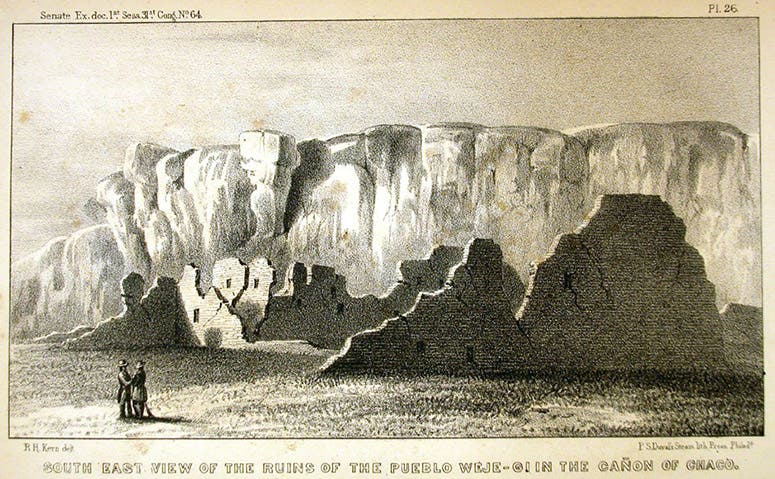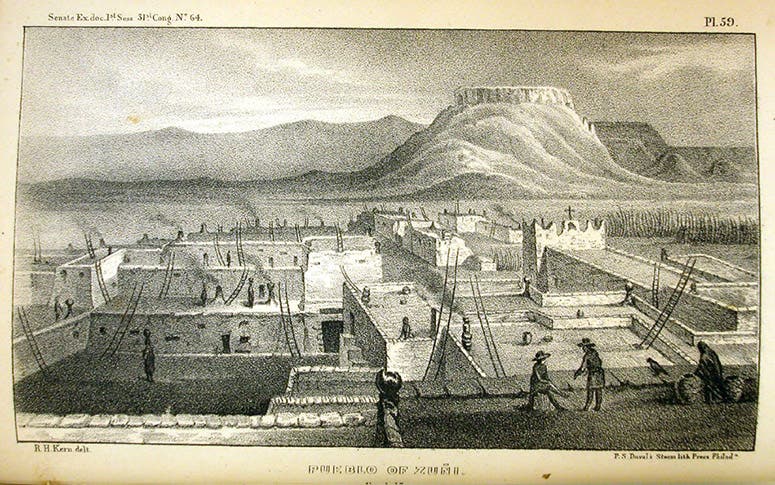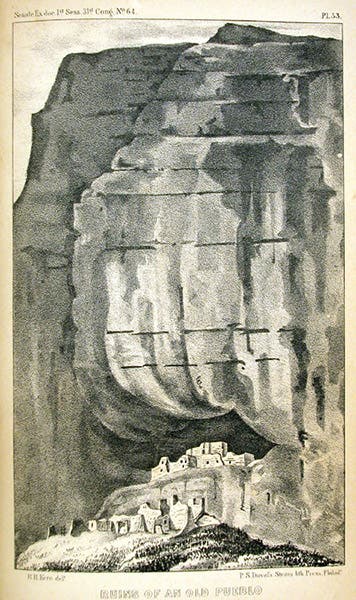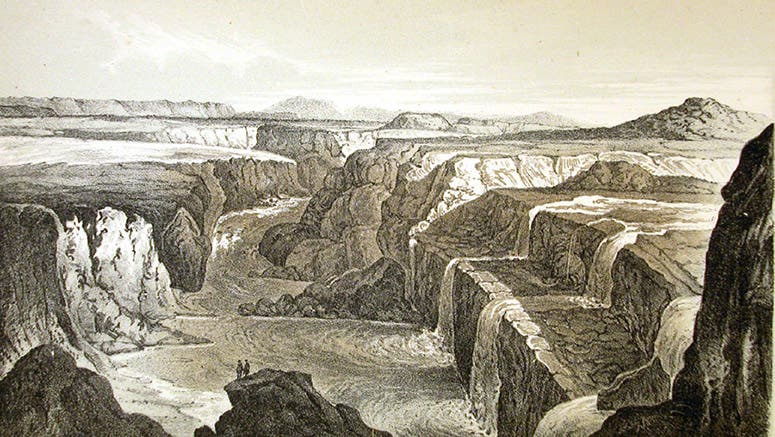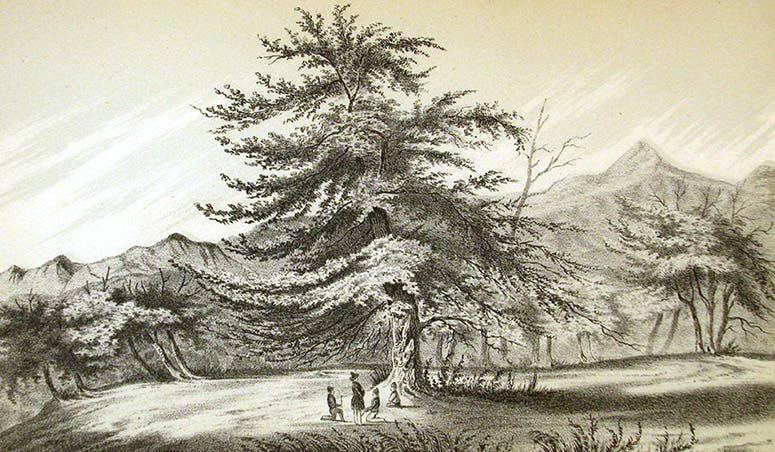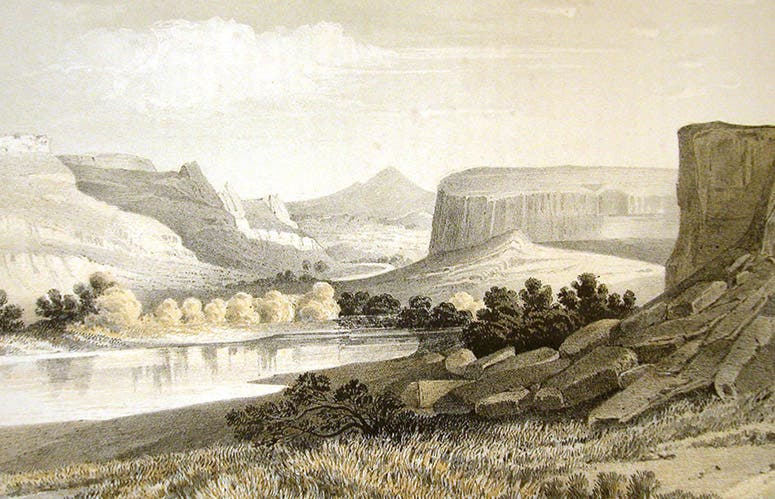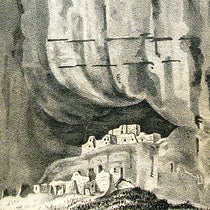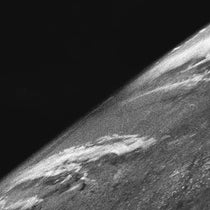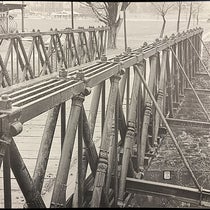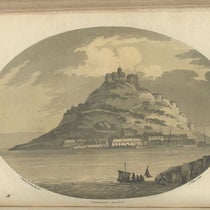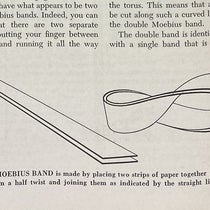Scientist of the Day - Richard H. Kern
Richard H. Kern, an American artist and explorer of the American West, was born in Philadelphia in 1821 and died on Oct. 26 or Oct. 27, 1853. He was one of three talented brothers, the others being Benjamin and Edward, all of whom became accomplished illustrators and all of whom participated in at least two of the many expeditions led by topographical engineers in the 1840s and 1850 in their search out West for the ideal route for a transcontinental railroad.
Richard's first western exploration was with the first Simpson expedition which explored from Fort Smith, Arkansas to Santa Fe in 1849. Kern contributed just two plates to Simpson's Report.
Simpson then made a follow-up survey west of Santa Fe that explored many of the pueblos, inhabited and abandoned, in such areas as Chaco Canyon and Canyon de Chelly. Both Richard and brother Edward accompanied Simpson, and the two contributed 74 lithographs to Simpson's Journal of a Military Reconnaissance (1852). We showed 7 of these in our post on Simpson, all by Richard, including a wonderful drawing of the Pueblos at Canyon de Chelly, which we include here as well, since it might be Richard's finest western drawing. It is, at any rate, my favorite (first and fourth images).
Richard's third venture west was as illustrator for the Sitgreaves expedition, which left Sante Fe in the Fall of 1851 and headed to Yuma, Arizona. All of the plates in Sitgreaves' Report were lithographs after sketches by Richard. We showed some of these in our post on Sitgreaves; we include two here, one of them a new one (fifth and sixth images).
Richard's final appointment as expedition illustrator came with the Gunnison expedition of 1853. This was one of the seven Pacific Railroad Surveys authorized by Congress to find the best route to the Pacific from St Louis. John Gunnison was sent to explore along the 38th parallel, through Colorado and Utah. Richard made many drawings of the spectacular landscapes they encountered, including the various canyons on the Grand River.
Things went well until they were well into Utah, when, on Oct. 26 or 27 (accounts differ), the encamped party of 12 was ambushed by a band of Paiutes, and 8 of the 12 were killed and mutilated, including Gunnison and Kern. It was the only real tragedy of the entire Pacific Railroad series of explorations. All of Richard's effects were taken by the Paiutes; somehow the local Mormon settlement was able to negotiate the return of Kern's drawings, as well as the journals of Gunnison.
The expedition continued under the leadership of one of the survivors, Lt. Edward Beckwith, who wrote the resulting Report, which was published as volume 2 of the 12-volume Pacific Railroad Reports. For illustrations, the Corps had John Mix Stanley convert Kern’s rough sketches into finished drawings for the lithographer. You can see some of these at our post on Gunnison; we include here a drawing of a Grand River canyon (seventh image). The river was later renamed the Gunnison River in honor of the slain commander
There was a biography of Kern published in 1985, by David Weber. I own it, but cannot locate it at the moment. When it turns up, I will check the accuracy of my account here, and if anything needs to be corrected, I will do so. I have employed instead the account in Robert Taft's Artists and Illustrators of the Old West, 1850-1900 (1953), which is still our most reliable source on that subject.
William B. Ashworth, Jr., Consultant for the History of Science, Linda Hall Library and Associate Professor emeritus, Department of History, University of Missouri-Kansas City. Comments or corrections are welcome; please direct to ashworthw@umkc.edu.

